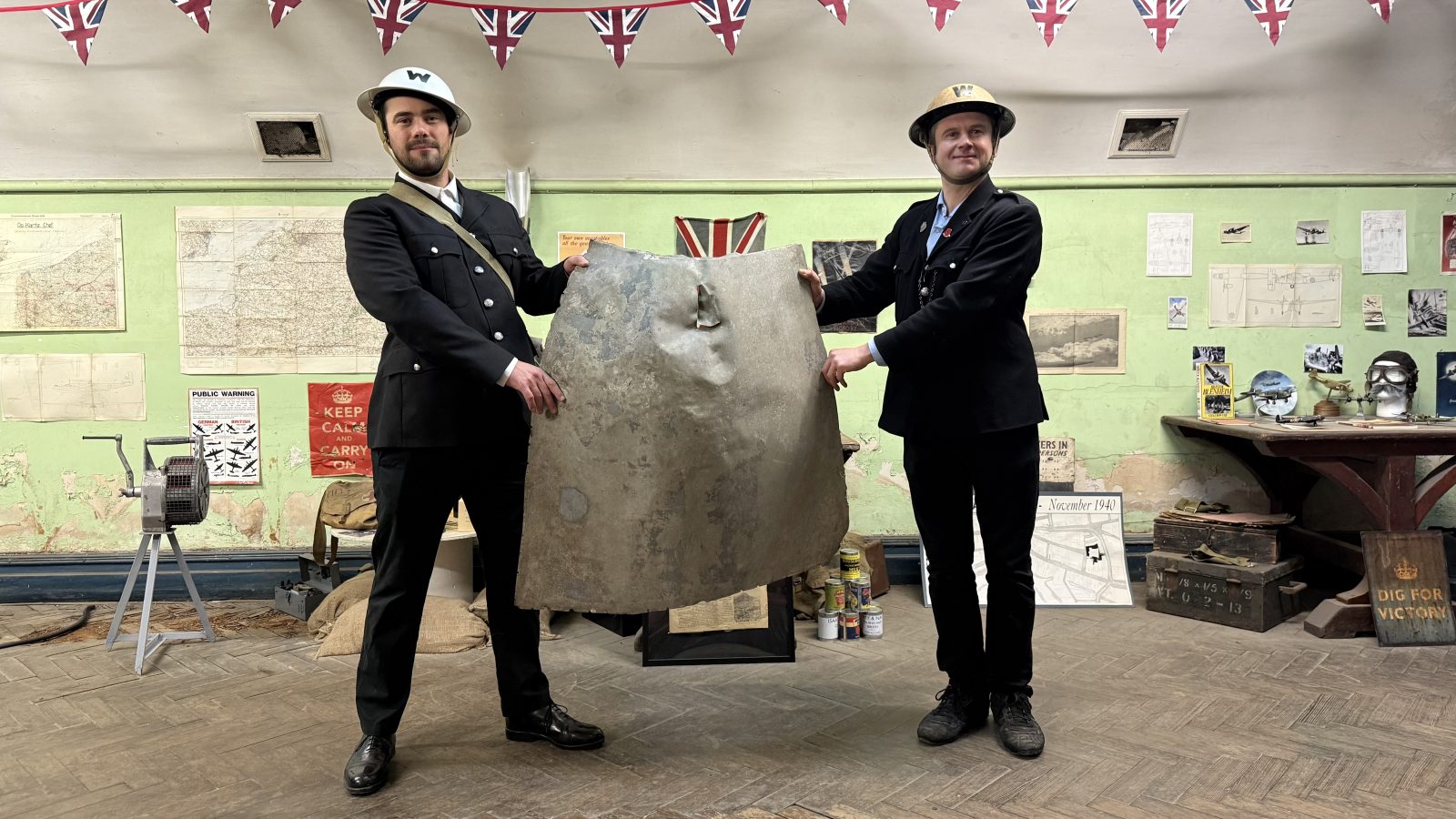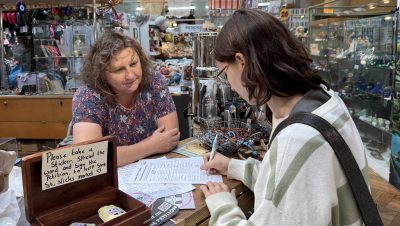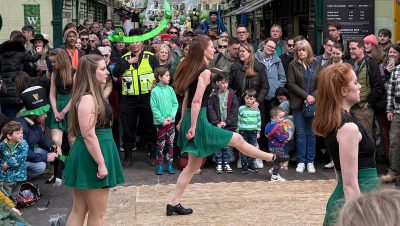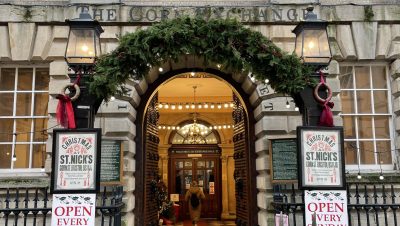News / Second World War
Part of Messerschmitt shot down over Fishponds now on display
For many years, part of a Messerschmitt that was shot down over Fishponds in the Second World War was used as a mixing bowl to feed chickens on a smallholding.
The Messerschmitt 110 was the only German plane shot down over Bristol during daylight, with its plight witnessed by many people in the city who saw it falling to the ground with a long trail of smoke behind it.
The piece of the fighter bomber, part of an engine cowling, is now on display at a museum in a former air raid shelter beneath St Nick’s Market, accessible to anyone booking onto the St Nick’s Tour.
is needed now More than ever
Shot down on September 27 1940 during a Luftwaffe bombing raid on Parnall’s aircraft factory in Yate, the pilot Oberfeldwebel Hans Tiepelt and gunner Herbert Brosig died in the crash. Both men are buried at Greenbank Cemetery.
Shot down by Michael Royce, most of the wreckage of the German aircraft fell into the yard of a house but one large piece of the plane hit what was then the Stapleton Institution on Manor Road that was most recently Blackberry Hill Hospital before being redeveloped into housing.
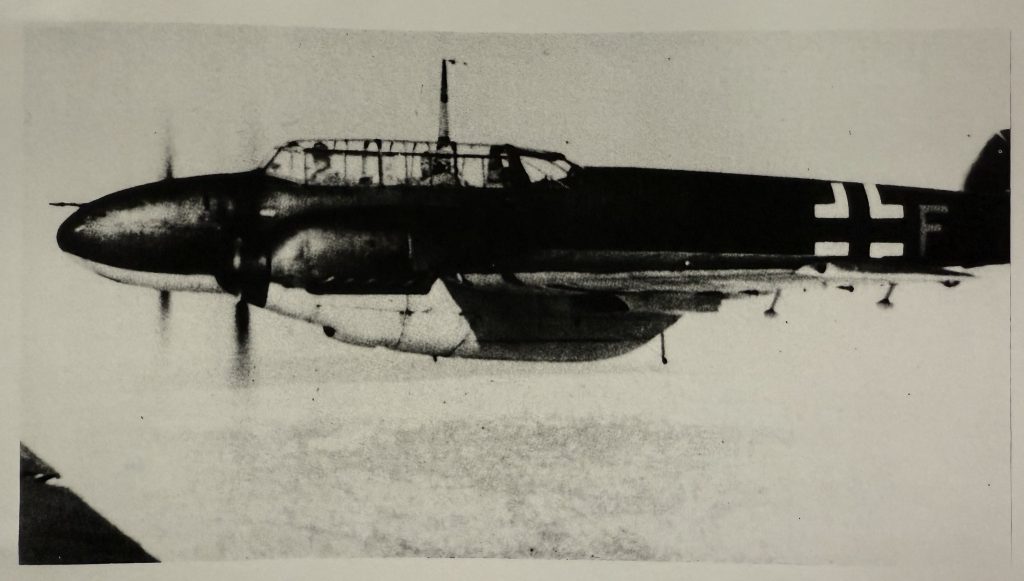
The Messerschmitt 110 that was shot down over Fishponds – photo courtesy of St Nick’s Tour
Duncan McKellar is the history enthusiast, artist and storyteller behind the St Nick’s Tour and is slowly creating a remarkable subterranean museum.
He came into possession of the piece of the aircraft through his contacts, with other parts of the plane scattered throughout the Bristol area after it came down on that fateful Friday in 1940.
There is also a photograph in existence of nurses inspecting the remains of the two German airmen that had been put into a wheelbarrow.
After being used as a chicken feed trough, the part was purchased at auction by an enthusiast who also has the tail fin of the plane and it was he who recently donated it to the museum alongside documentation about the crash.
“This is a world-class artefact,” said McKellar, who also has in the museum other items including an original handpainted sign that used to hang in Trenchard Street directing the public to shelters during air raids, medic kits and a French resistance flag.
“And they are all on display in the basement of the Exchange and part of the reason why this tour is so popular.
“I think it’s very poignant to have two German pilots with their names known and their graves in Bristol.”
For more information about the St Nick’s Tour, visit www.st-nickstours.com

An original handpainted sign that used to hang in Trenchard Street directing the public to shelters during air raids – photo: Martin Booth
Main photo: Martin Booth
Read next:
 Our newsletters emailed directly to you
Our newsletters emailed directly to you